Airbus A320 British Midland
Production Time 9 to 10 weeks
Shipment is by FedEx, UPS or DHL International Express Courier with a normal door-to-door delivery time worldwide of within 2-3 business days after dispatch. Due to the current volatility of world fuel prices, the amount mentioned here is our best estimate for DHL and UPS and may be subject to change at the time of shipping.

Model Description: Airbus A320 British Midland Wood Replica Scale Custom Model Aircraft
Manufacturer: Airbus Industries
Wingspan: 16.2 Inches (41.2 Centimeters)
Height: 5.3 Inches (13.5 Centimeters)
Scale: 1:87
Registration: G-MIDY
Price for Regular Model as Size and Scale above: $259.50
$179.50 – $329.50
-
United States dollar ($)
-
Pound sterling (£)
-
Euro (€)
-
Australian dollar ($)
-
Canadian dollar ($)
-
Singapore dollar ($)
-
Swiss franc (CHF)
-
Japanese yen (¥)
-
Danish krone (kr.)
-
Hong Kong dollar ($)
-
Norwegian krone (kr)
-
Swedish krona (kr)
-
United Arab Emirates dirham (د.إ)
General Product Description
Our PlaneArts Airbus A320 British Midland model exhibits unique, unrivaled quality and detailed design to come as close as possible to the accuracy of the actual plane. It comes as standard with a robust, durable base or stand which is available in a variety of different finishes designed to match your own personal requirements including solid wood, wood with polished metal supports or adjustable wood wall mount and will be ready within about 9-10 weeks from placement of order.
The Airbus A320 British Midland model is made of the finest kiln dried renewable mahogany wood (commonly known as Lauan or Meranti) which has undergone many stages of carving and meticulous and careful sanding giving the beautiful finished museum quality masterpiece. Many collectors and model connoisseurs demonstrate their preference for genuine handmade and hand painted mahogany wood models rather than plastic or die cast (diecast) alternatives due to the overall look and totally different feel of the item - we trust you will find the same. We can, however, if required produce the same model in Solid Cast Resin so just click and contact us us for further information. Our craftsmen and gifted artisans ensure that our finely handcrafted model airplanes match the precise blueprint details of the original aircraft. The paint scheme, markings and parts are closely matched, reflecting the original aircraft. This stylish top-quality desktop replica model will surely enthrall anyone who receives this as a gift and for sure one of the most appropriate and desirably collectable gifts for any aviation enthusiast and avid aircraft collector whilst also displaying a perfect resemblance to the actual aircraft.
If you require we can also make the Airbus A320 British Midland model in any other airline, private livery or colour scheme you require and if necessary in a different size or scale. Just click here to contact us with a description or photographs of what you require, and we will let you have a quotation for the necessary customization by return email. We can also make bespoke scale replicas of any other private / civil commercial airliner or airliners, helicopter, glider, gliders with engines, military jet, warplane jets, propeller warplanes, biplane, triplane, tail fin, spacecraft, rocket or NASA model you require in any airline, military or civilian livery or colors. We also produce model airships, blimp, dirigible, blimps, boat and ship collectibles. Wall plaque or seal for military, government or private customers. Again, by clicking here to contact us just let us know exactly what you need.
The Airbus A320 and British Midland: A Historical Overview
The Airbus A320 is one of the world’s most popular and widely used commercial aircraft, known for its efficiency, reliability, and innovation. Among the numerous airlines that operated the A320, British Midland (often referred to as BMI) played a significant role in the aircraft’s history. This article delves into the connection between British Midland and the Airbus A320, exploring the aircraft’s significance for the airline, its operations, and its legacy.
British Midland: A Brief Background:
British Midland, also known as BMI, was a major British airline that operated from its founding in 1938 until its acquisition by International Airlines Group (IAG) in 2012. Throughout its history, the airline evolved from a domestic air service provider into an international carrier. It was headquartered at Donington Hall in Castle Donington, near East Midlands Airport, and operated from major UK hubs such as London Heathrow, Manchester, and Edinburgh.
BMI’s focus was on connecting the UK with Europe and other destinations, making it an important player in the British aviation market. Its fleet included various aircraft types, with the Airbus A320 family becoming central to its operations during the 1990s and 2000s.
The Airbus A320’s Introduction to British Midland:
The Airbus A320 was first introduced to British Midland’s fleet in the late 1980s and early 1990s. It was part of a strategic decision to modernize the airline’s fleet, which had previously relied on older aircraft models such as the Boeing 737. The A320, with its innovative fly-by-wire technology, more efficient engines, and spacious cabin design, provided BMI with a competitive advantage in terms of fuel efficiency and passenger comfort.
The A320’s features included:
- Fly-by-Wire Technology: The A320 was the first commercial aircraft to incorporate a fully digital fly-by-wire control system, which replaced conventional manual flight controls with an electronic interface. This technology improved the aircraft’s maneuverability and fuel efficiency.
- Efficient Engines: The aircraft’s CFM56 or IAE V2500 engines contributed to lower fuel consumption and reduced operating costs, making it an attractive option for airlines like BMI seeking to optimize their fleet.
- Cabin Comfort: With a wider fuselage than its competitors, the A320 offered passengers a more comfortable travel experience, which was an essential factor for BMI, as it aimed to provide a premium service on its European routes.
The Role of the A320 in BMI’s Operations:
The introduction of the Airbus A320 allowed British Midland to expand its route network and improve its service quality. The airline primarily utilized the A320 for short to medium-haul flights across Europe, serving key destinations such as Paris, Brussels, Frankfurt, and Amsterdam. This fleet upgrade helped the airline strengthen its position in the competitive European market.
BMI’s A320s typically had a two-class configuration, featuring both Business and Economy cabins. This setup catered to both corporate travelers and leisure passengers, reflecting the airline’s focus on providing a versatile service that could appeal to a wide range of customers.
British Midland’s Contribution to Airbus A320 Operations:
British Midland’s use of the Airbus A320 extended beyond just its commercial operations. As one of the early adopters of the A320 in the UK, BMI played a role in popularizing the aircraft among other European airlines. The airline’s success with the A320 demonstrated the benefits of modernizing fleets with fuel-efficient and technologically advanced aircraft, influencing other carriers to consider similar fleet upgrades.
Additionally, British Midland’s adoption of the A320 marked a significant shift in the UK aviation landscape, as it showcased the growing preference for Airbus models over American-made aircraft like Boeing. This shift was particularly notable in Europe, where Airbus and Boeing were engaged in a fierce rivalry for market share.
The Later Years: BMI’s Transition and Fleet Changes
By the mid-2000s, BMI had grown into one of the UK’s leading carriers, but it faced significant competition from budget airlines and other full-service carriers. The airline continued to operate the Airbus A320 family, with newer models and more advanced variants being integrated into its fleet. However, the airline’s strategic direction shifted following its acquisition by Lufthansa in 2009.
After Lufthansa’s purchase, BMI underwent restructuring, with a focus on operating more profitable routes and trimming down unprofitable services. The airline continued to use the A320 for its European operations, but it faced challenges in maintaining its market position amid the economic downturn and growing competition.
The End of an Era: British Midland’s Acquisition by IAG:
In 2012, International Airlines Group (IAG), the parent company of British Airways, acquired British Midland. The deal marked the end of the BMI brand, and its aircraft, including the Airbus A320s, were gradually integrated into British Airways’ operations. The acquisition allowed IAG to expand its slots at London Heathrow, which was a significant strategic advantage.
Following the acquisition, the A320s previously operated by BMI were repainted and reconfigured to align with British Airways’ branding and service standards. Some aircraft were used to expand British Airways’ European routes, while others were phased out as part of fleet renewal plans.
Legacy of the Airbus A320 and British Midland:
The Airbus A320 played a key role in British Midland’s history, representing a period of modernization, growth, and competition in the European aviation market. The aircraft not only helped BMI expand its network but also set a precedent for the adoption of modern, fuel-efficient aircraft in the UK airline industry.
While British Midland no longer exists as a separate entity, its legacy lives on through the continued use of its aircraft by other carriers and the influence it had on the European aviation sector. The A320 remains one of the most popular aircraft in the skies, with thousands of units still in service worldwide.
For aviation enthusiasts and industry historians, the story of British Midland and the Airbus A320 serves as a reminder of an era when technological advancements and strategic fleet choices could significantly shape an airline’s fortunes.
| Weight | 6 kg |
|---|---|
| Dimensions | 17 × 16.2 × 5.3 in |
| Alternative Scale and Sizes | Scale = 1:200 Length = 7.40 in. (18.80 cm) = Wingspan = 7.0 in. (17.90 cm) (reduced freight charge will show before final checkout), Scale = 1:144 Length = 10.30 in. (26.10 cm) = Wingspan = 9.80 in. (24.90 cm) (reduced freight charge will show before final checkout), Scale = 1:100 Length = 14.80 in. (37.60 cm) = Wingspan = 14.10 in. (35.80 cm) (reduced freight charge will show before final checkout), REGULAR MODEL AS SHOWN ABOVE: SCALE = 1:87 LENGTH = 17.0 in. (43.20 cm) = WINGSPAN = 16.2 in. (41.20 cm) (freight charge will be shown during final checkout), Scale = 1:72 Length = 20.50 in. (52.20) = Wingspan = 19.60 in. (49.70 cm) (increased freight charge will show before final checkout) |
Be the first to review “Airbus A320 British Midland” Cancel reply
Similar Models
Private & Civilian
Helicopters
Helicopters
Helicopters
Private & Civilian
Private & Civilian
Private & Civilian
Private & Civilian
Private & Civilian
Private & Civilian
Private & Civilian
Hawker Siddeley Trident-1E Northeast Airlines British Airways
Private & Civilian
Private & Civilian
Private & Civilian
Private & Civilian
Private & Civilian
Private & Civilian
Private & Civilian
Private & Civilian
Private & Civilian
Private & Civilian
Private & Civilian
Private & Civilian
Private & Civilian
Tail Shields & Flashes, Plaques & Seals
Military Airplanes - Jet
Private & Civilian
Private & Civilian
Private & Civilian
Military Airplanes - Jet
Private & Civilian
Private & Civilian
Private & Civilian
Private & Civilian
Private & Civilian
Private & Civilian
Private & Civilian
Military Airplanes - Jet
Private & Civilian
Military Airplanes - Propeller
Military Airplanes - Propeller
Private & Civilian
Private & Civilian
Private & Civilian
Private & Civilian
Private & Civilian
Private & Civilian
Private & Civilian
Private & Civilian
Private & Civilian
Private & Civilian
Private & Civilian
Private & Civilian
Private & Civilian
Private & Civilian
Private & Civilian
Private & Civilian
Private & Civilian
Private & Civilian
Private & Civilian
Private & Civilian
Private & Civilian
Military Airplanes - Jet
BAe British Aerospace Hawk T.1 Mk.1 Royal Air Force RAF Red Arrows
Private & Civilian
Private & Civilian
Private & Civilian
Private & Civilian
Private & Civilian
Private & Civilian
Private & Civilian
Private & Civilian
Private & Civilian
Private & Civilian
Private & Civilian
Private & Civilian
Private & Civilian
Private & Civilian
Private & Civilian
Private & Civilian
Private & Civilian
Military Airplanes - Propeller
Private & Civilian
Private & Civilian
Private & Civilian
Private & Civilian

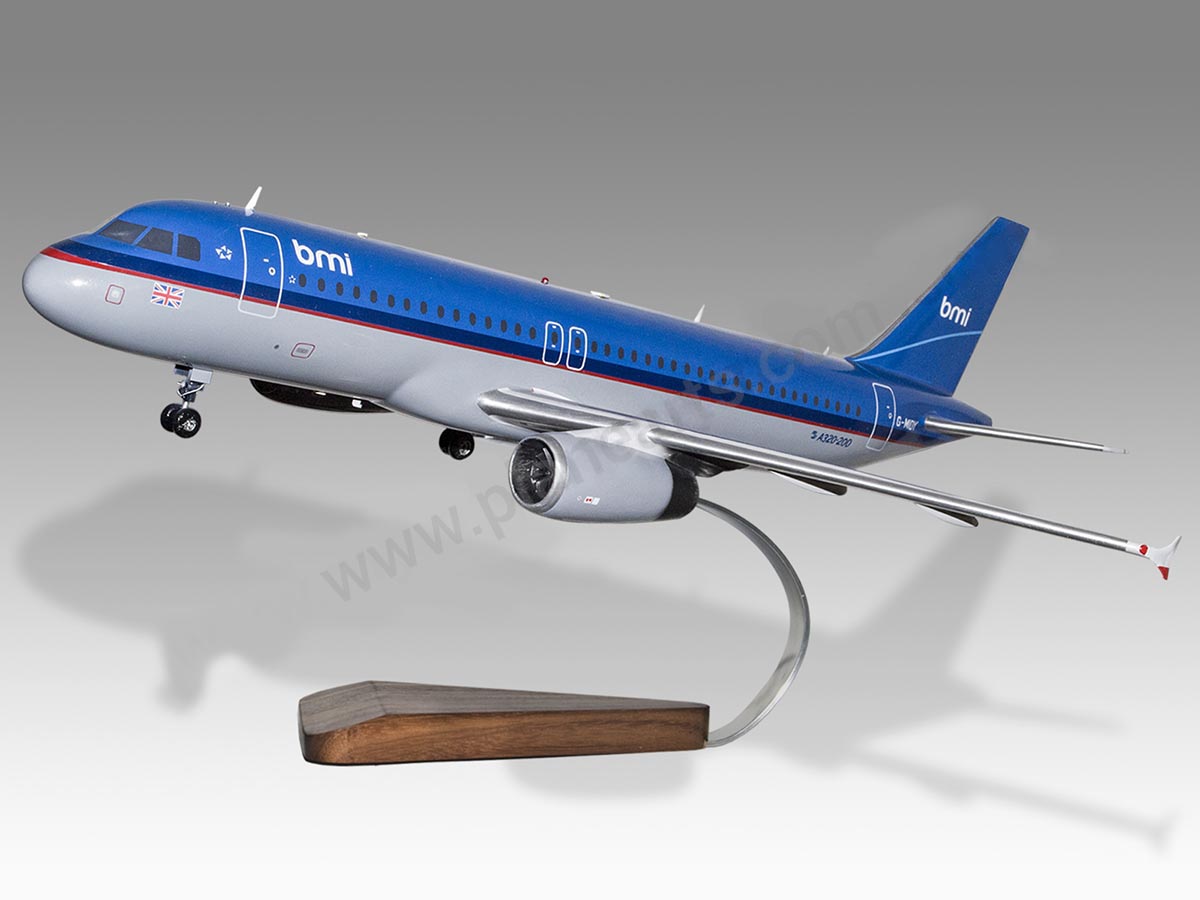
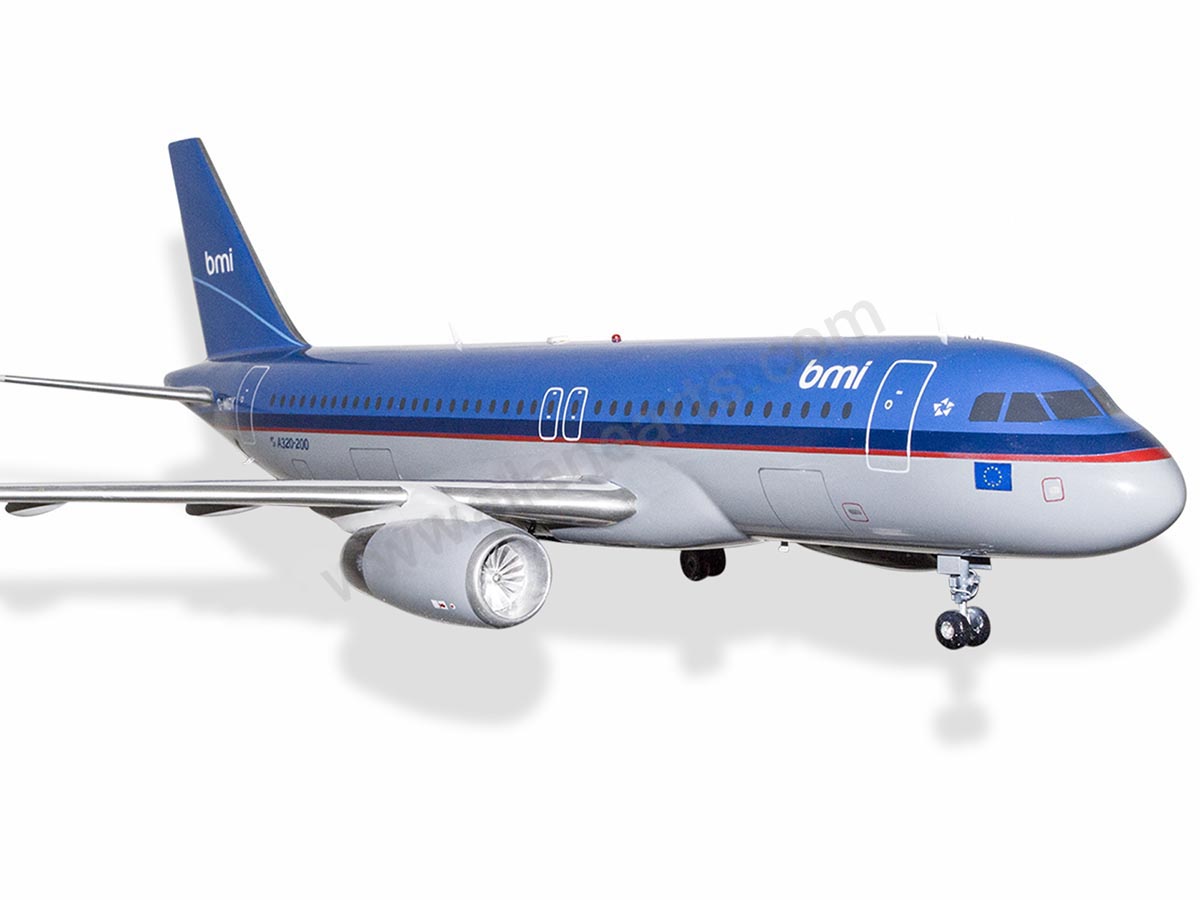
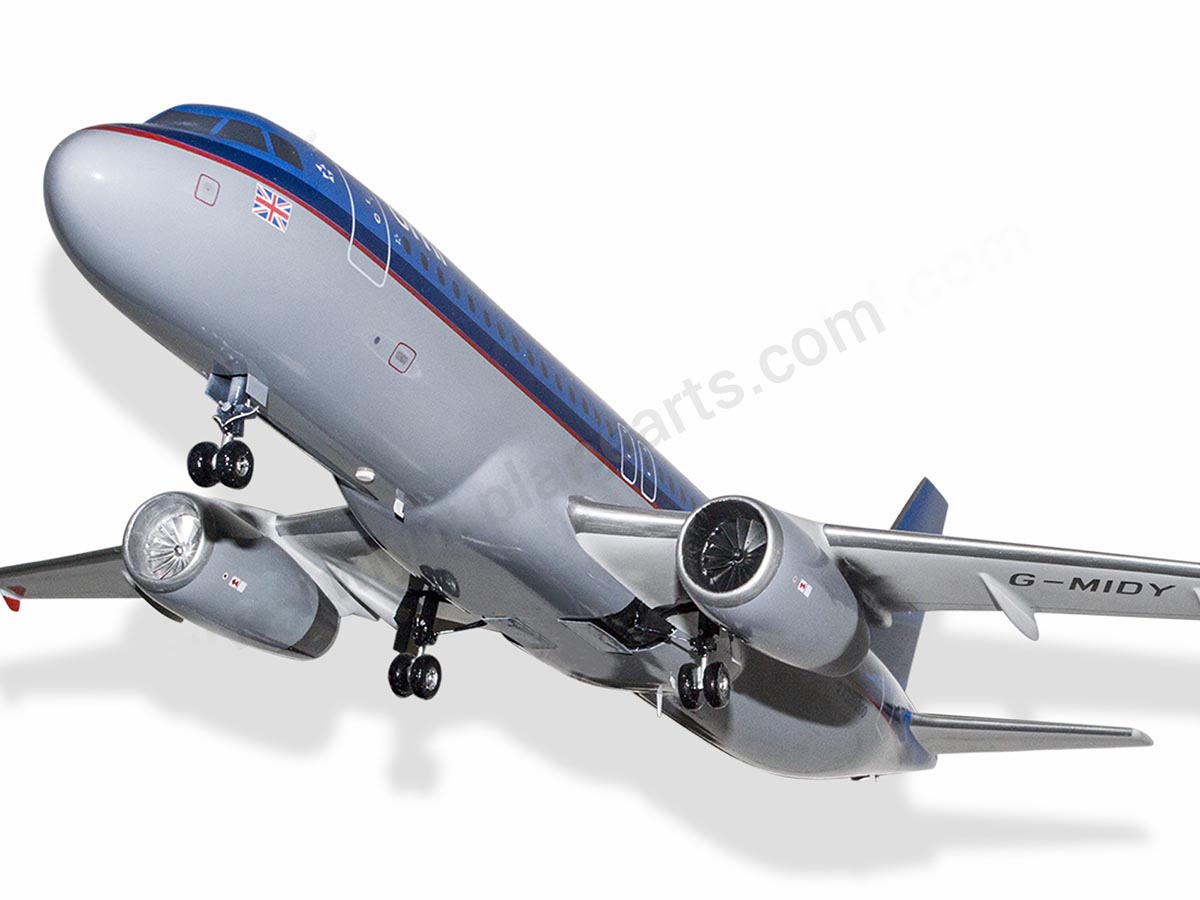
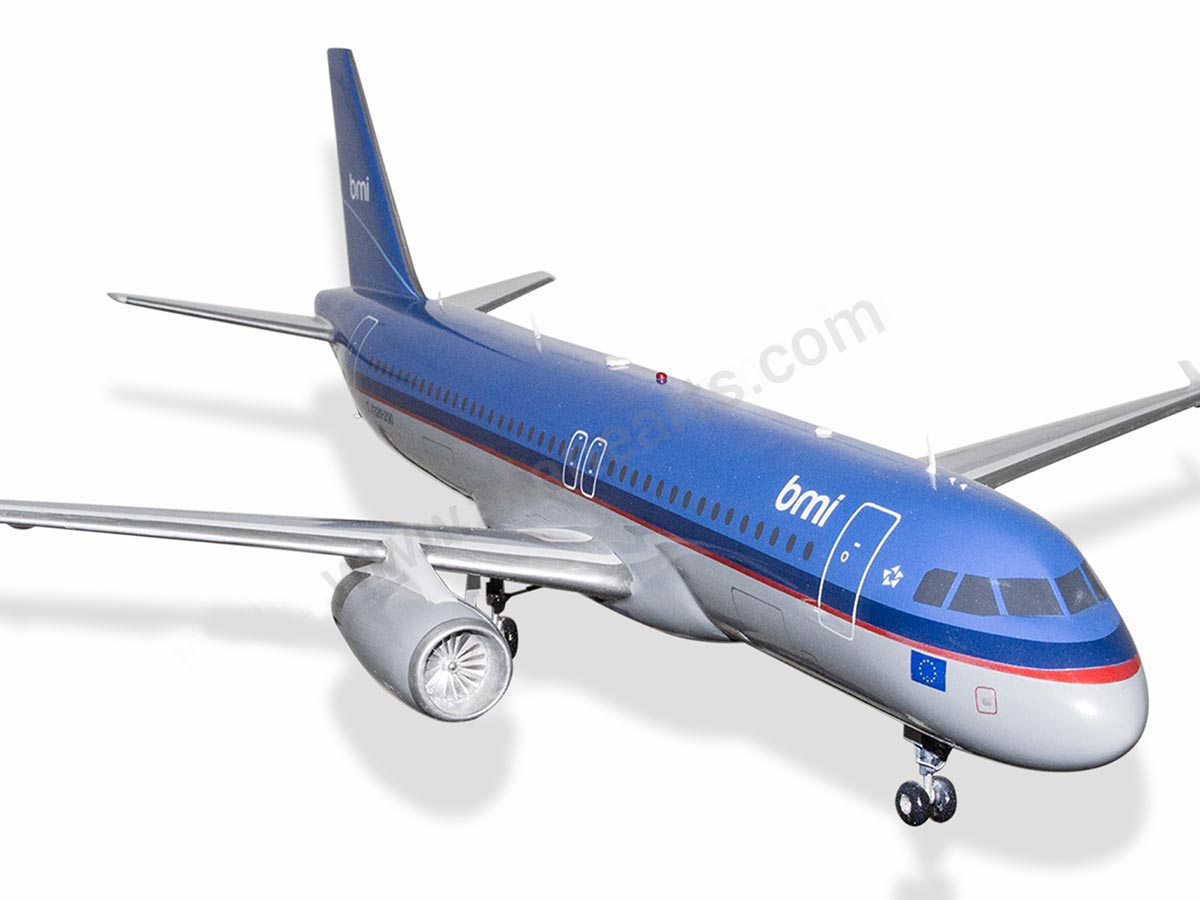
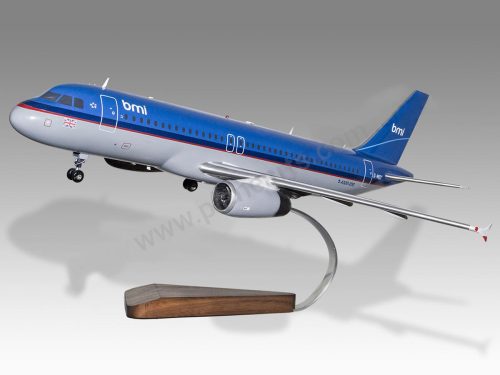
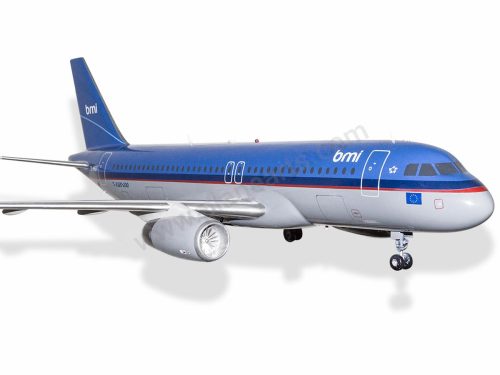
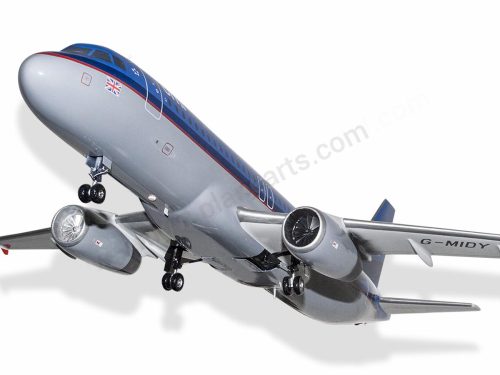
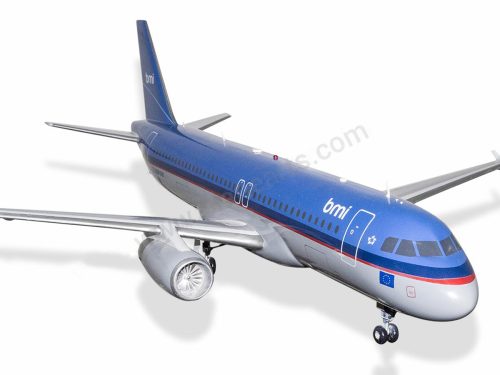
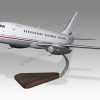
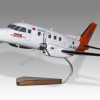

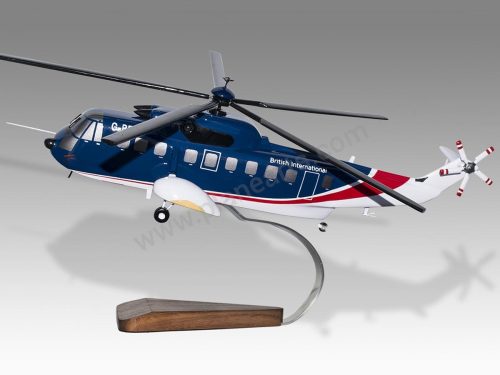
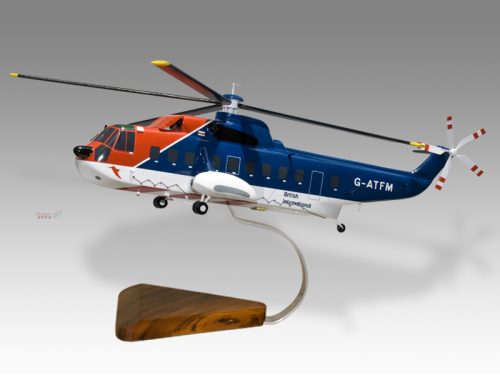
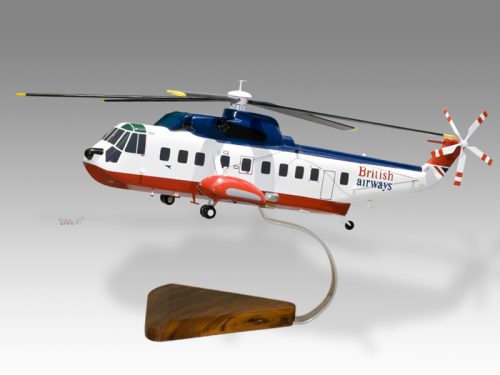


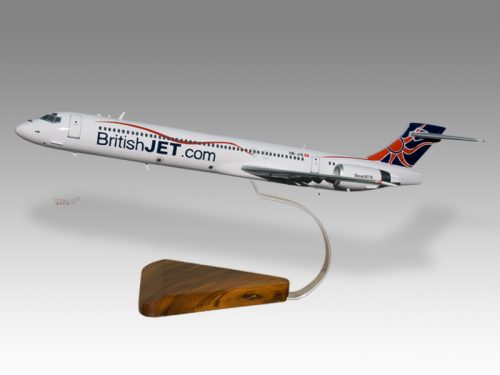
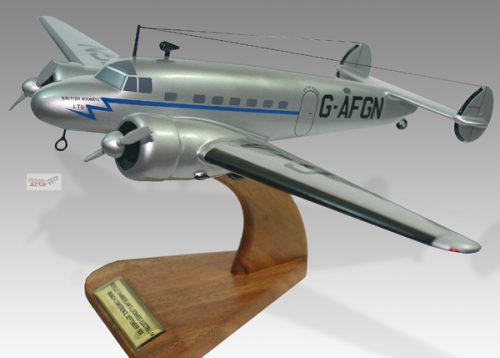
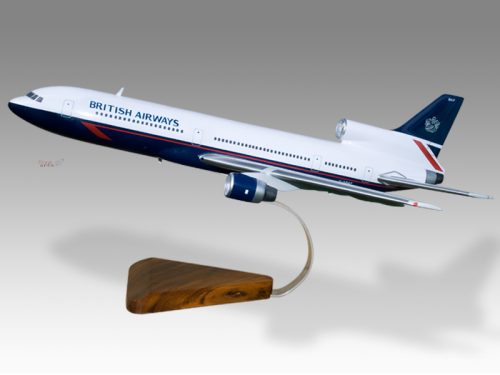


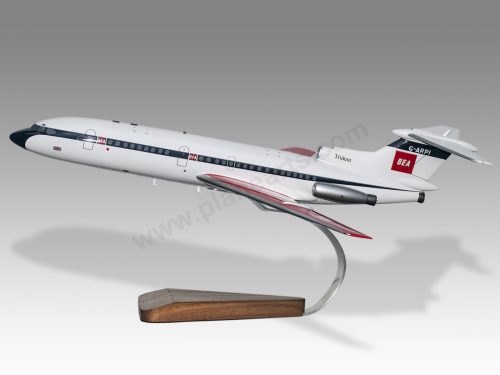
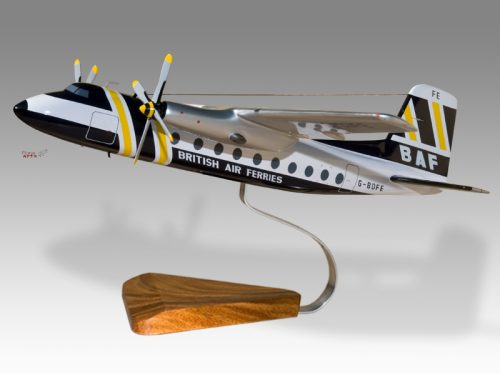

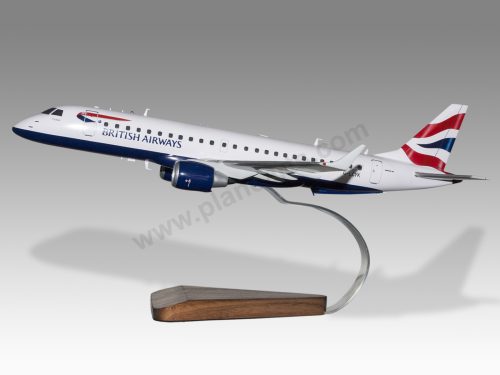
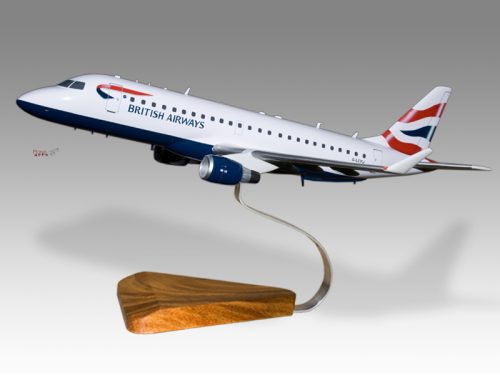

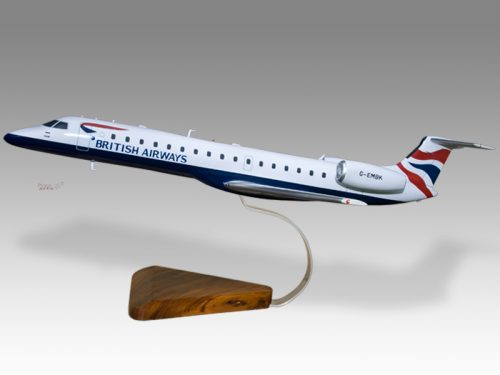

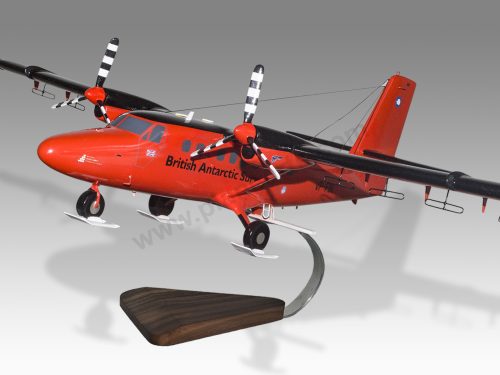
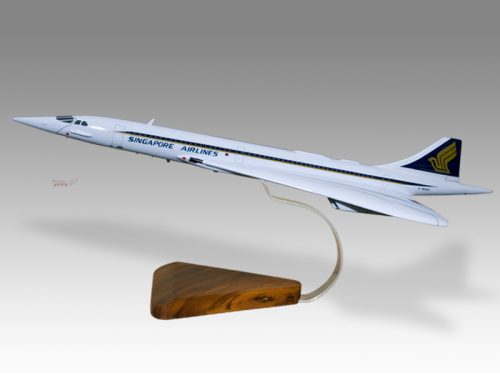
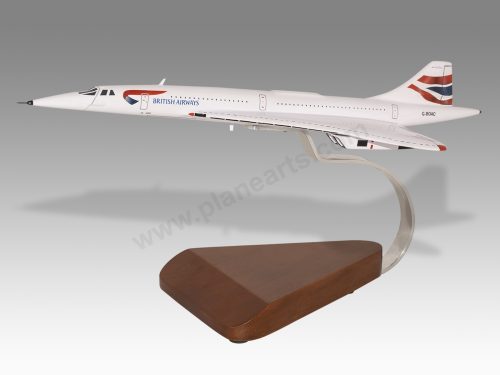
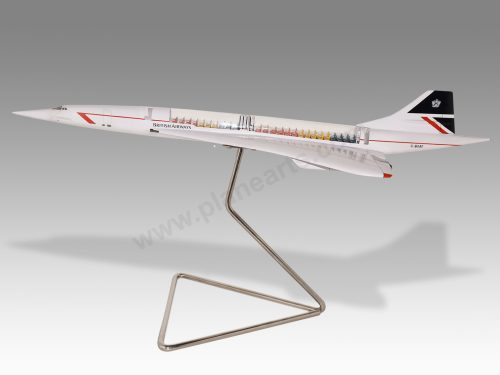
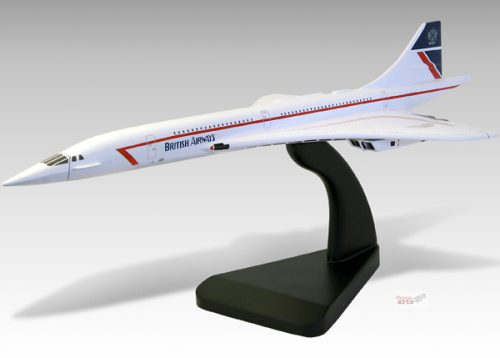
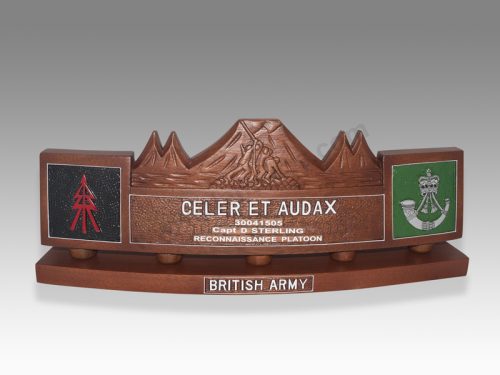

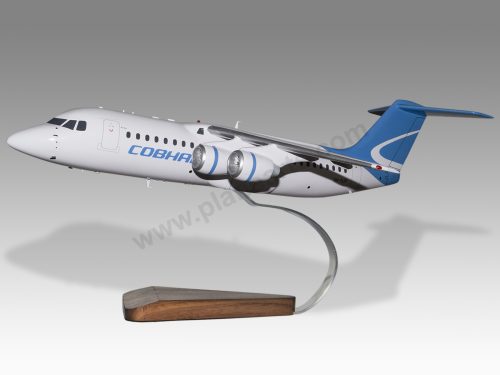
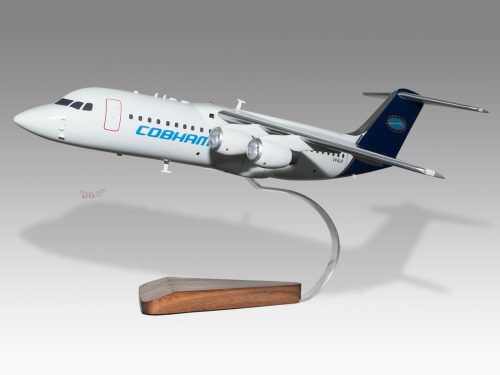

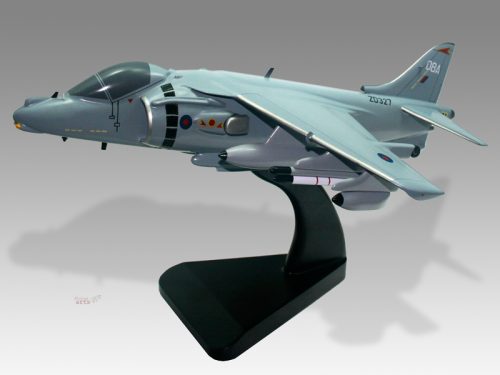
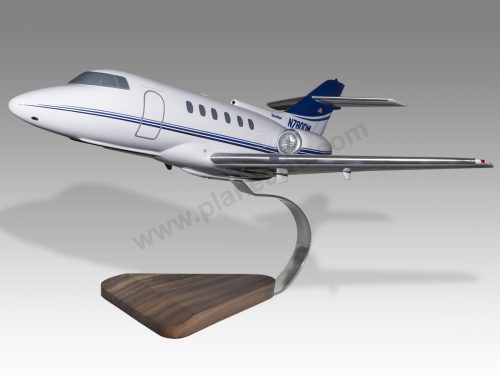
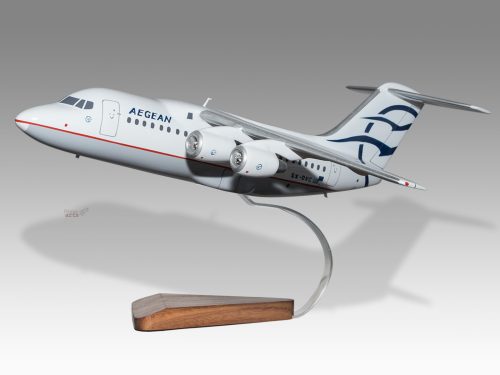
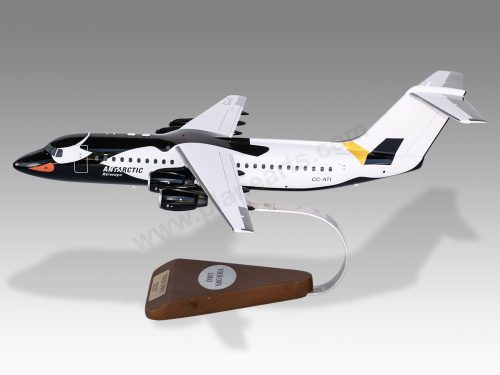

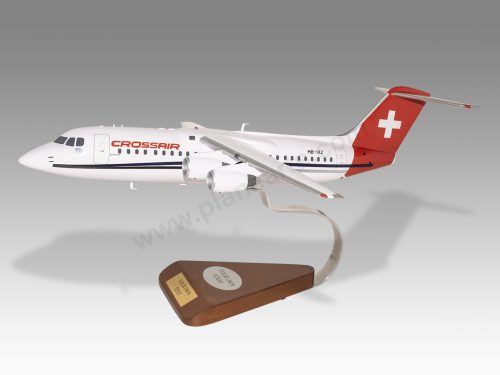
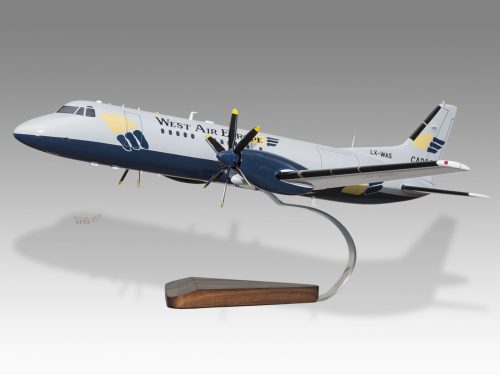

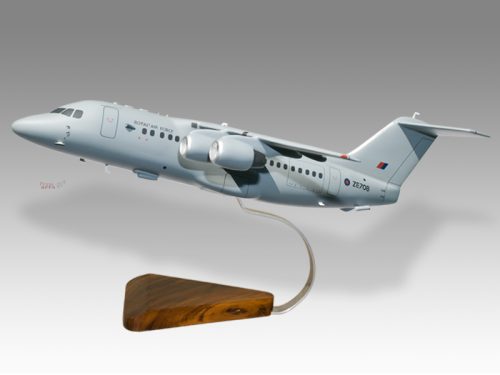
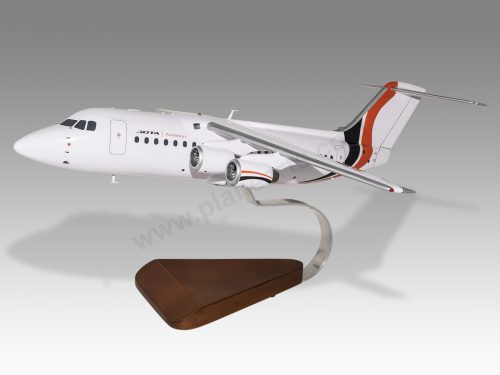
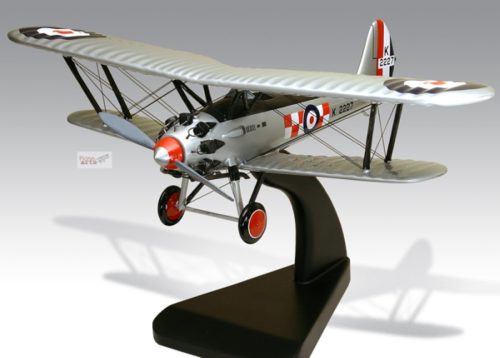


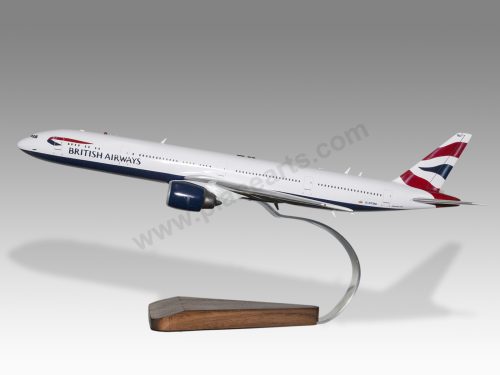


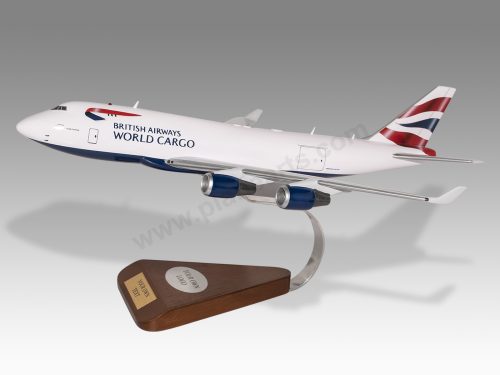


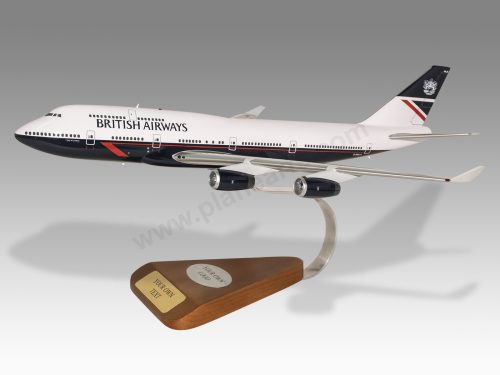
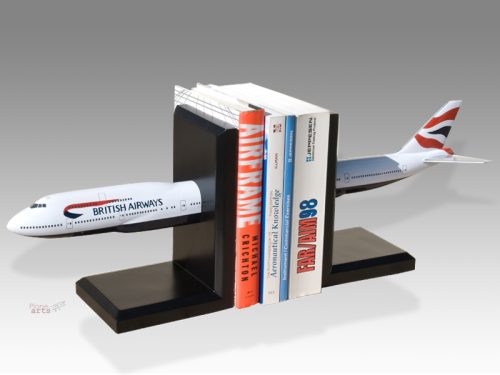
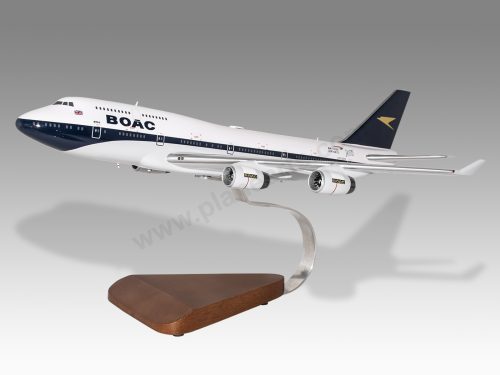


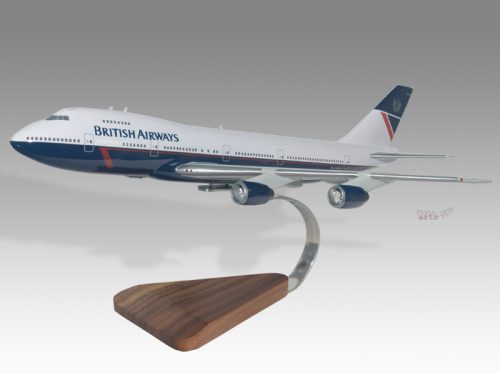
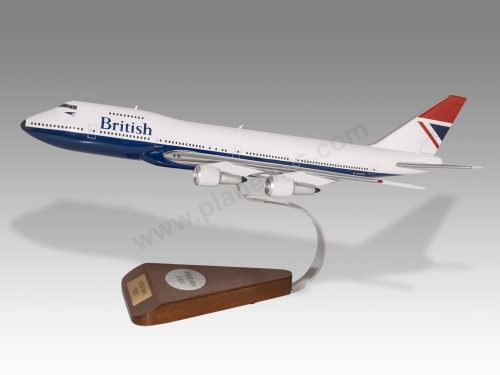

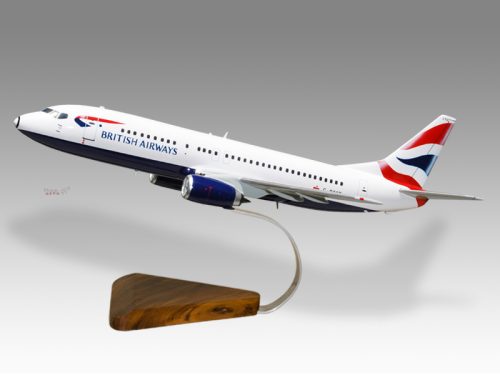
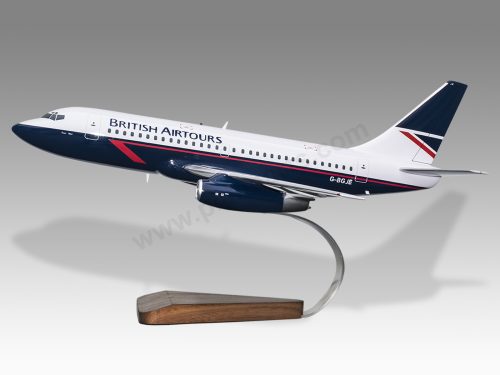


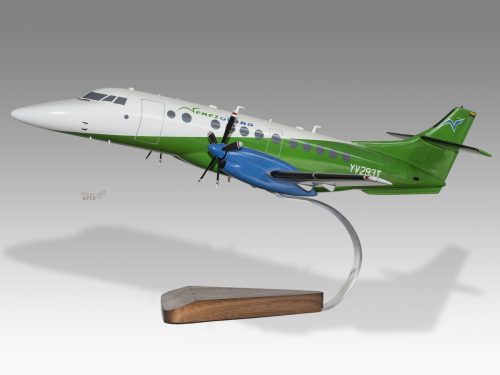


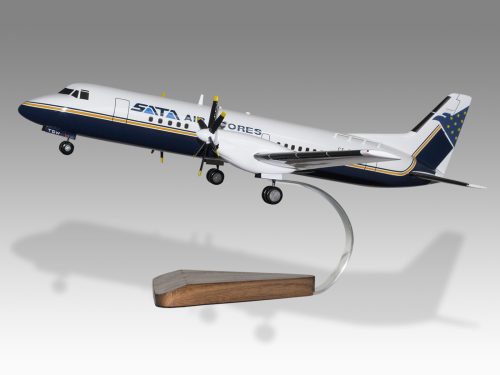


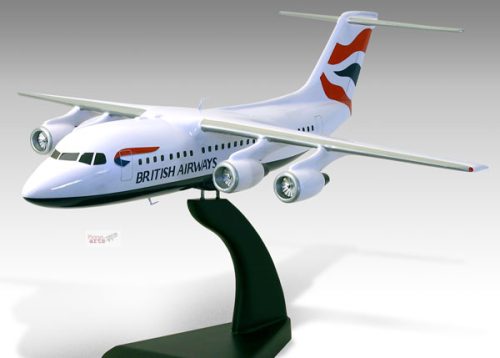
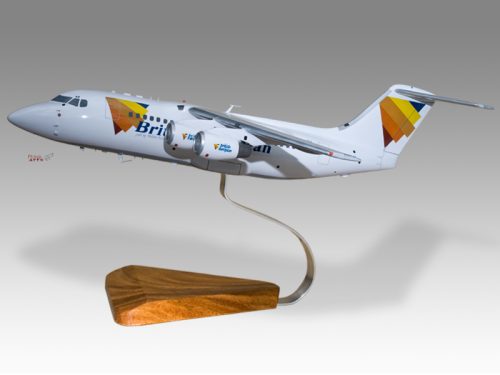
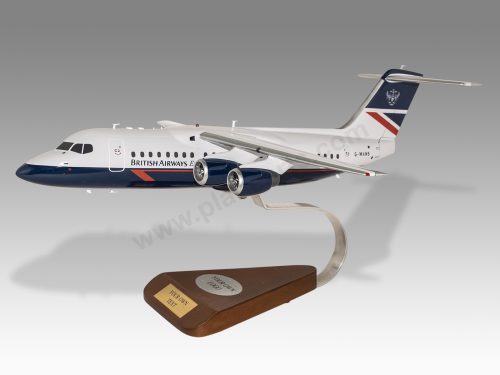

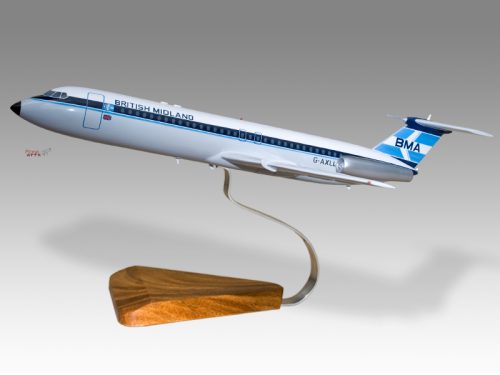


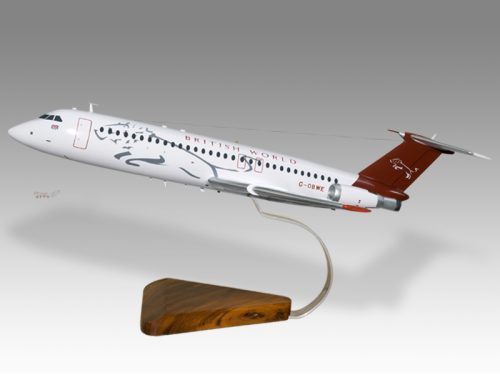


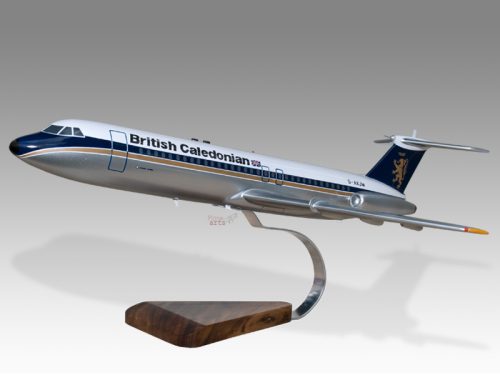
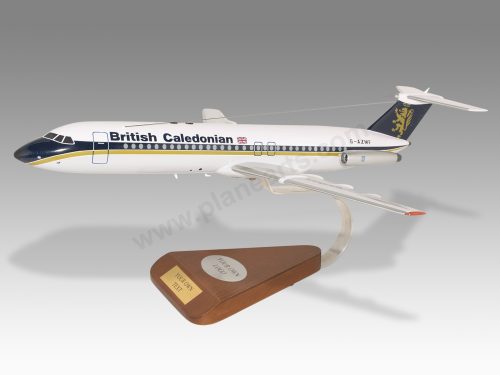
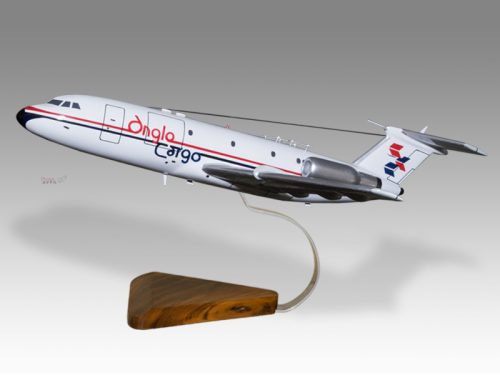
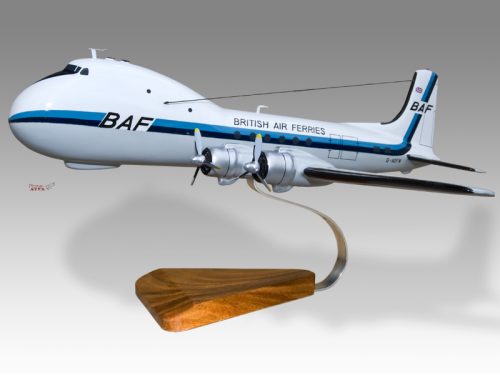
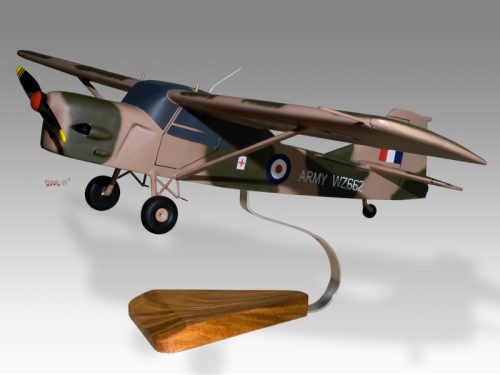


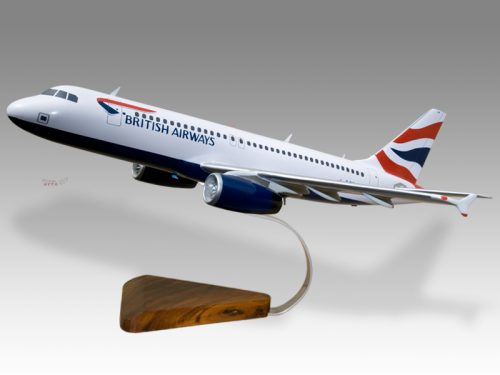
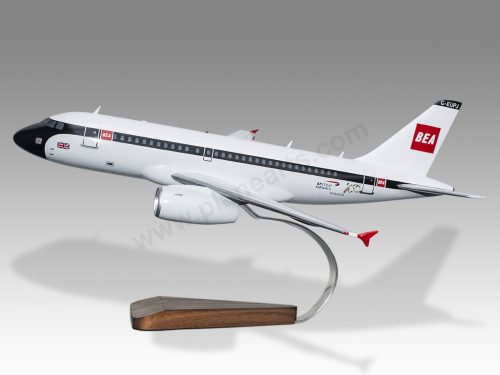
Reviews
There are no reviews yet.